From the Official Parks Victoria Website:
Ricketts Point Marine Sanctuary encompasses a diversity of habitats and an associated diversity of flora and fauna within a relatively small area. It is an outstanding example of a sandstone reef habitat that occurs in northern Port Phillip Bay and is also an important site for migratory and resident bird species. It is easily accessible from Melbourne and is a
popular site for snorkelling, diving and education.
The Ricketts Point Marine Sanctuary at Beaumaris in northern Port Phillip Bay is approximately twenty kilometres from the centre of Melbourne. The Sanctuary includes nearly three kilometres of coast line and the majority of the Sanctuary is in shallow waters ( < 5 m depth).
Facts about Ricketts Point It is in Australia
It is in Australia- The typical depth is 0-10 Metres 0-30 Feet.
- The typical visibility is 0-3 Metres 0-10 Feet.
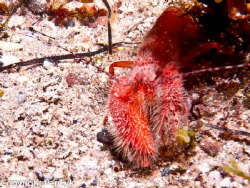
by
Bill Van EykRicketts Point, snapping shrimp-Alpheus sp. : The fingers at the end of the larger claw are used to make a loud snapping noise to stun prey and scare divers! Not much is know about this species.
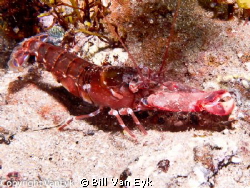
by
Bill Van EykSmall snapper shrimp; Alpheus novaezealandiae. Snapping shrimps or pistol shrimps are immediately distinguished from other families by having one claw much larger than the other, the larger claw cylindrical and with a parrot-beak-like finger.
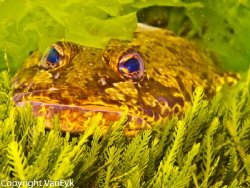
by
Bill Van EykFlathead sitting still in lettuce seaweed.
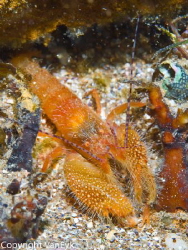
by
Bill Van EykSnapping shrimp - true it snapped me! Alpheus sp.
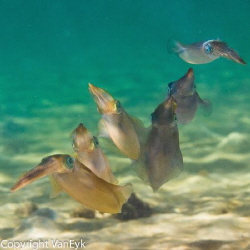
by
Bill Van EykCalamari Swimming in formation -
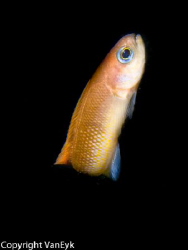
by
Bill Van EykThe Southern Hulafish (Trachinops caudimaculatus) is a temperate water fish species is a member of the family Plesiopidae which includes the ‘Blue Devils’ and ‘Hulafishes’.
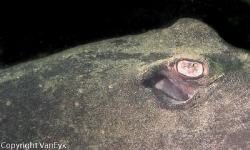
by
Bill Van EykStingray with penetrating stare . . .
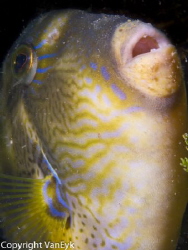
by
Bill Van EykCurious Leather Jacket.
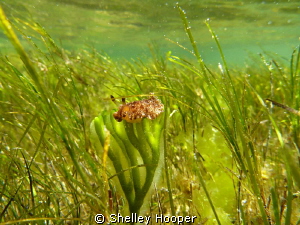
by
Shelley HooperTiny slug at Ricketts Point, Beaumauris, Victoria.